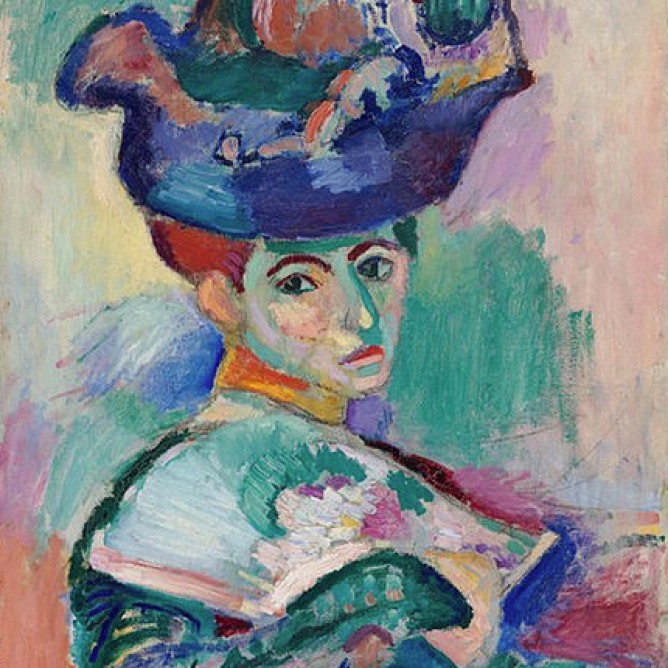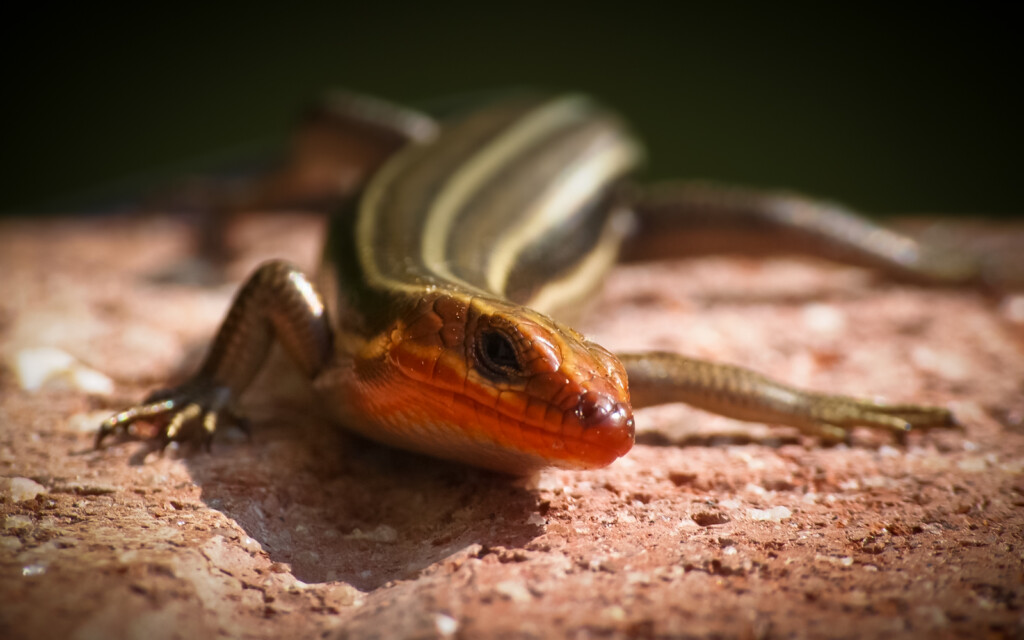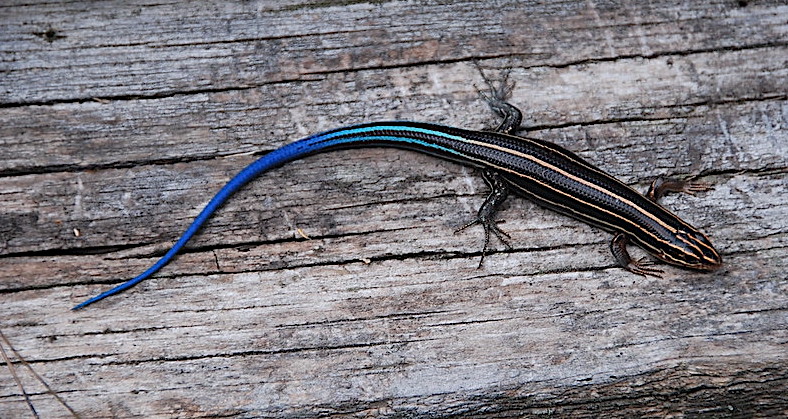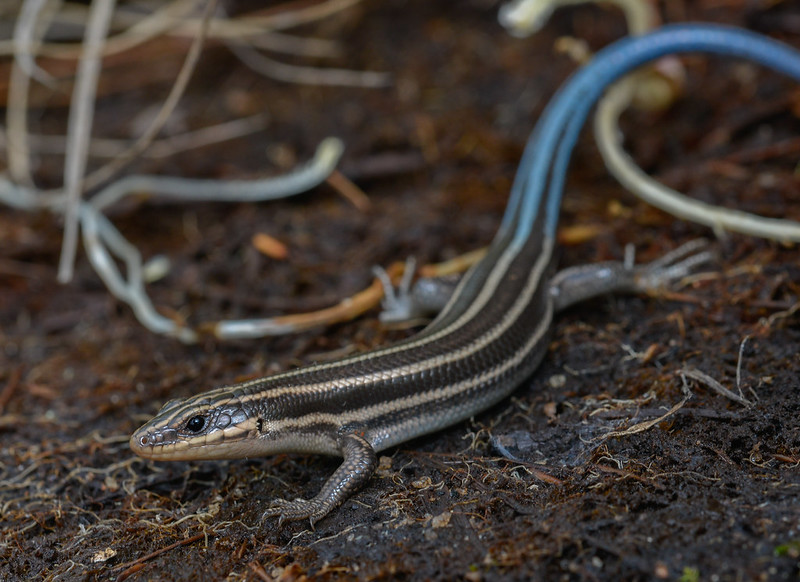BY KIERAN LINDSEY, PhD
Picasso was feeling low.
Following the suicide of his friend and occasional roommate, the painter Carles Casagemas, Pablo plunged into a rock-bottom depression that lasted more than 3 years. During this time (1901 to 1904), the vividly extroverted artist faded from the Paris art scene to focus on a series of austere, melancholy, and eventually career-defining canvases using a somber palette of iolite, lapis lazuli, slate, and granite.
Blue may be the most bipolar color in English idiom. When we’re feeling down we have the blues (or if we’re a painter we load our palette with cerulean and cobalt) but when life is looking up we speak of blue skies ahead.
Well, it don’t mean a thing if the mood doesn’t swing, right?
Little wonder, then, that this hue is expansive enough to describe Blue Periods in lives as dissimilar as Pablo Ruiz Picasso, one of the most familiar and influential artists of the 20th century, and Plestiodon fasciatus (aka the Five-Lined Skink), one of the most prevalent lizards in the eastern U.S.
Throughout life, both male and female Five-Lined Skinks sport understated but decidedly dapper sun-and-shadow sandwich-stripe morning coats guaranteed to allow these small-to-medium (4¾ to 8½ in or 12.5 to 21.5 cm, end-to-end) habitué of damp soils and sunny sidewalks to blend inconspicuously into their surroundings.
Don’t be fooled, though, because it’s all a ruse! A trompe l’oeil used by these covert members of the avant-garde to pass as conformists but electric blue tails don’t deceive.
 While Picasso’s Blue Period was singular in the art world of its time, a blue period is de rigueur for juvenile Five-Lined Skinks. These garish youngsters would fit right in with les Fauves (French for “the wild beasts”), an informal coterie of early 20th century artists lead by Henri Matisse and André Derain that included Georges Braque, Paul Cézanne, Pablo, and other painters with a penchant for instinctive use of bold colors, nonchalant brushwork, and simplified abstraction over realism.
While Picasso’s Blue Period was singular in the art world of its time, a blue period is de rigueur for juvenile Five-Lined Skinks. These garish youngsters would fit right in with les Fauves (French for “the wild beasts”), an informal coterie of early 20th century artists lead by Henri Matisse and André Derain that included Georges Braque, Paul Cézanne, Pablo, and other painters with a penchant for instinctive use of bold colors, nonchalant brushwork, and simplified abstraction over realism.
Time leaves its imprimatur on everything and everyone it touches, and the relentless ticking of mortality’s clock does not leave Five-Lined Skinks unscathed. Two or three years after bursting out of their shells and into the world, the brazen adolescents who have survived will reach sexual maturity. The crisp detailing of their birthday suits softens with wear, and those ultramarine tails fade a little more with every trip around the sun.
But Five-Lined Skink elders, who may live an average of 5-6 years, do not go gently into that good night or cede the spotlight to flashy up-and-comers. Adult males will tolerate the presence of juveniles and females but aggressively defend their territory against intrusion by adversaries. Just as Picasso emerged from the blues into a more optimistic, assertive Rose Period (1904-1906), so do seasoned male skinks come to embrace their new-found earthy palette, punctuated during the breeding season by a confident crimson head.



